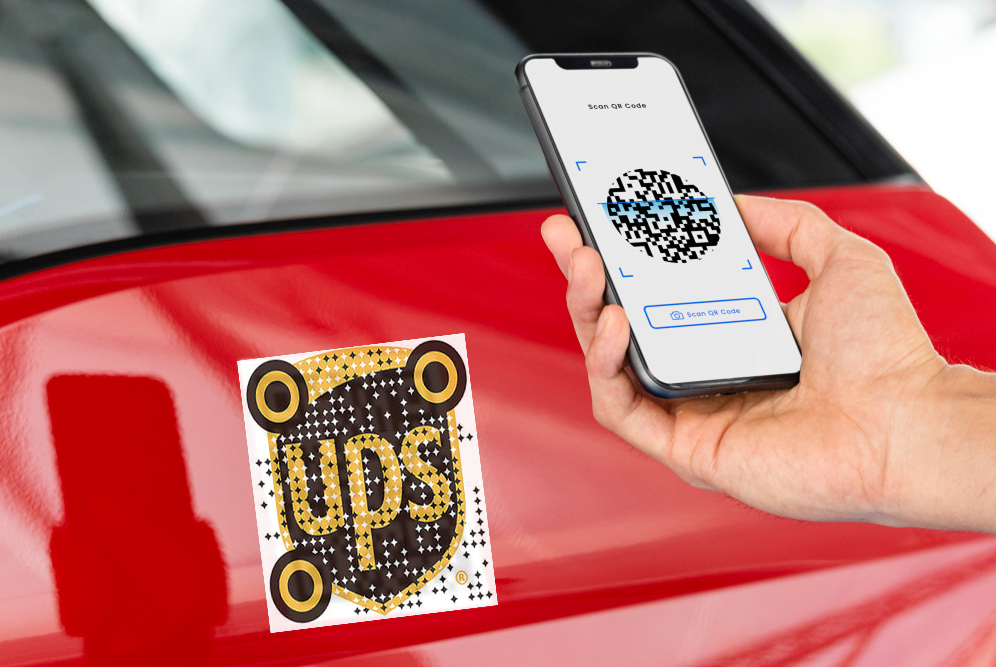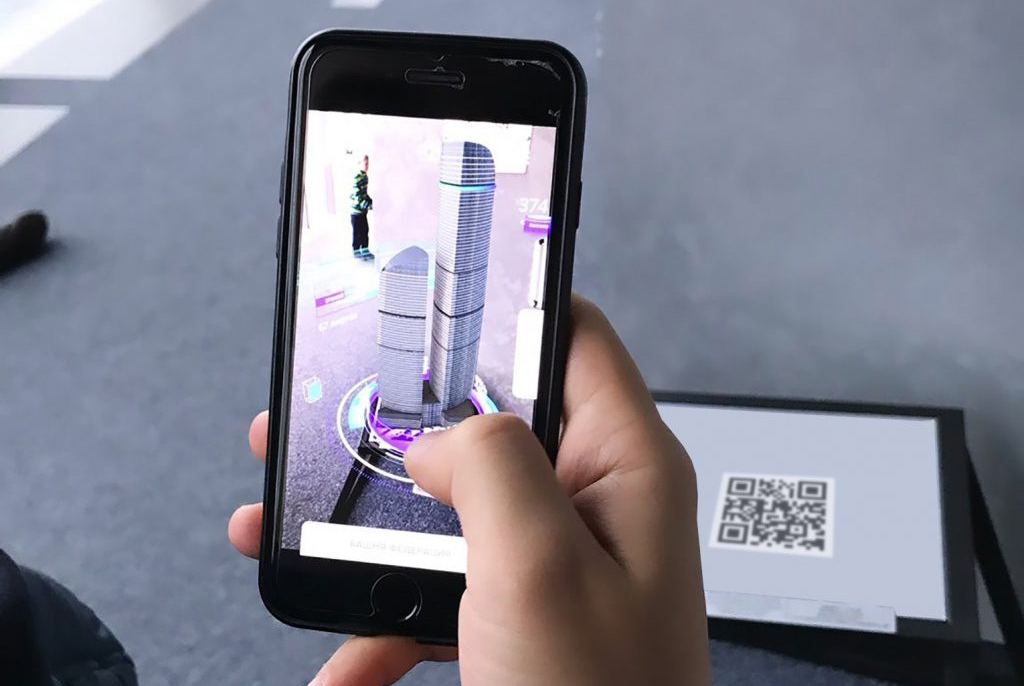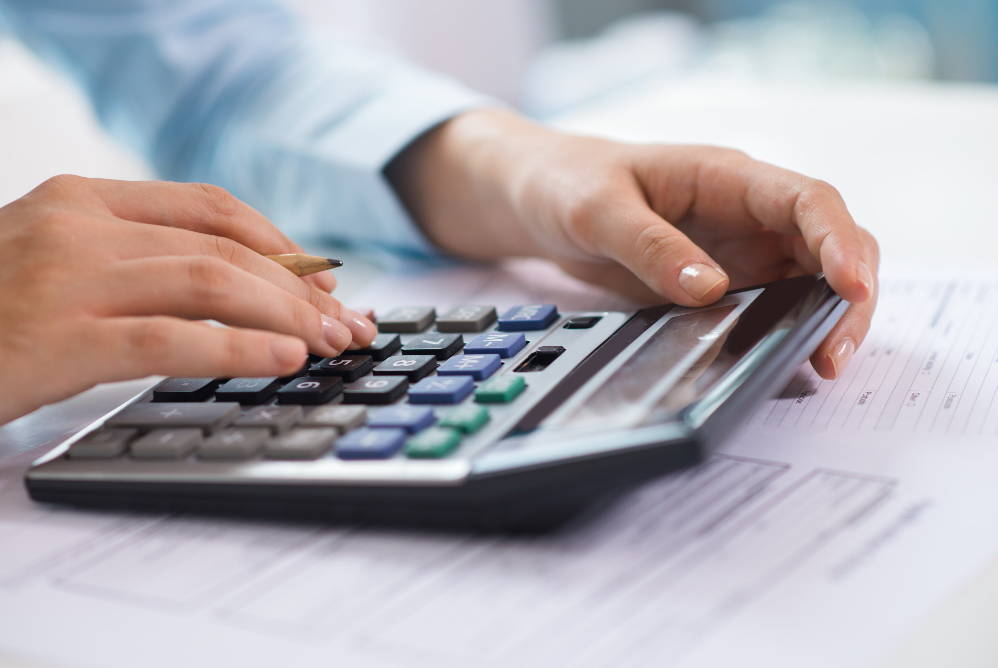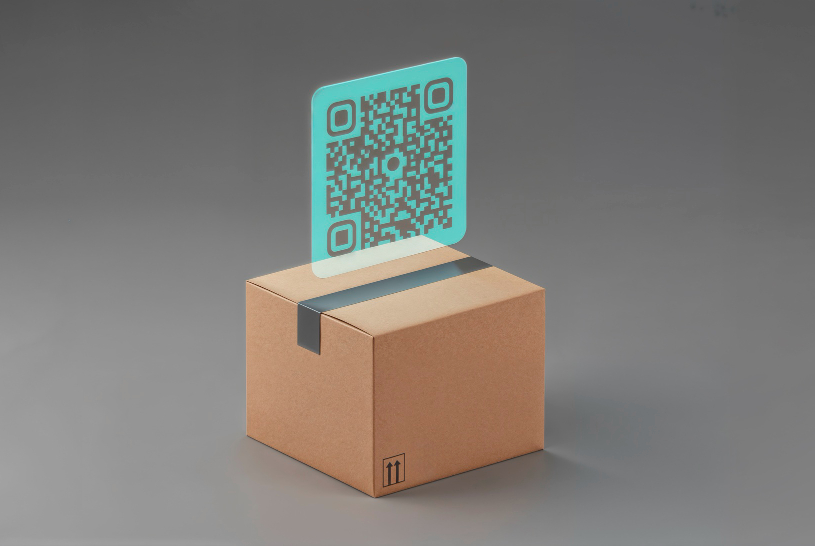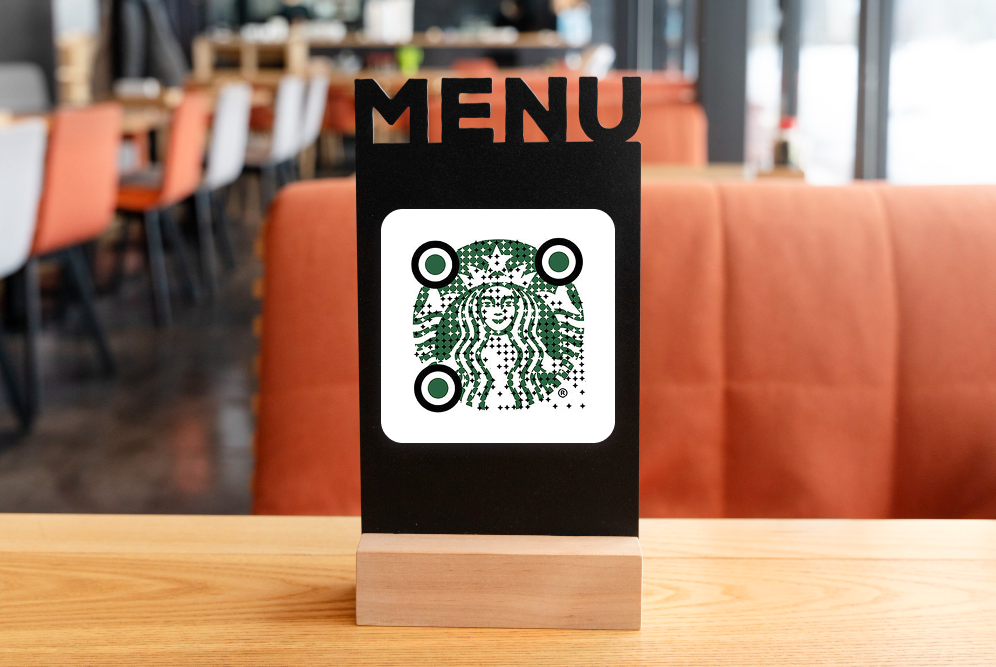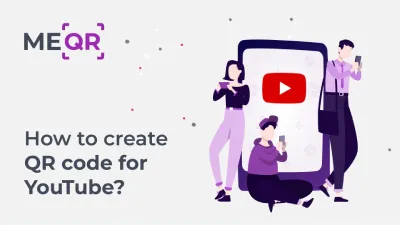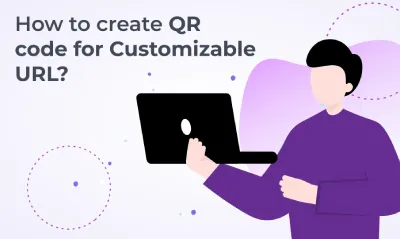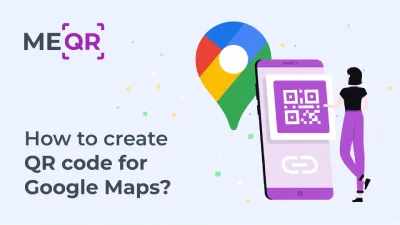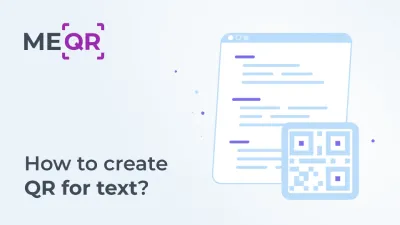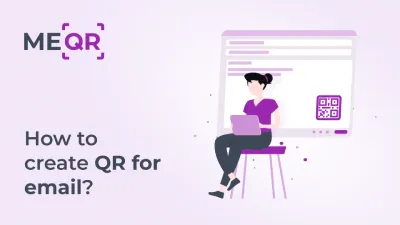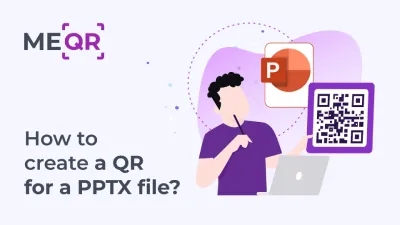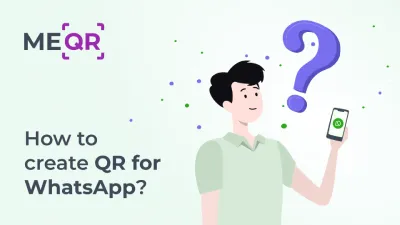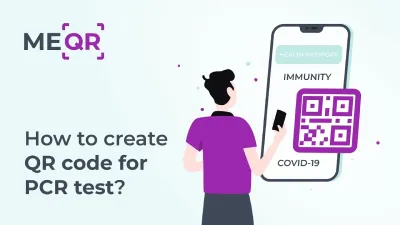QR Code for Restaurants: An Introduction
QR codes, short for Quick Response codes, have found a prominent place in restaurants. These square, pixelated codes have become a familiar sight on tables and menus, transforming the way patrons interact with their dining experience.
Benefits of QR Code Menus
QR code menus are revolutionizing the dining experience by offering several compelling advantages:
Enhanced Safety: In today's health-conscious world, QR code menus eliminate the need for physical menus, reducing the risk of cross-contamination. Customers can effortlessly access the menu on their own devices, minimizing unnecessary contact with communal surfaces and ensuring a safer dining environment.
Cost-Efficiency: Going digital with QR code menus translates to significant cost savings. Restaurants can bid farewell to expensive printing and reordering of traditional menus. This eco-friendly approach not only reduces printing costs but also contributes to a greener planet by minimizing paper waste.
Menu Updates at Your Fingertips: Traditional menus require time-consuming and costly reprints whenever there's a need to update items, prices, or daily specials. QR code menus, on the other hand, offer the convenience of instant updates. With a few clicks, you can modify your menu in real-time, ensuring that customers always have access to the latest offerings.
Interactive Features Enhance Engagement: QR code menus go beyond a simple list of items. They provide an interactive platform for restaurants to engage their patrons more effectively. By incorporating images, detailed descriptions, and even videos of dishes, you can tantalize customers' senses and pique their interest.
This multimedia-rich approach not only informs but also entertains, making the dining experience more enjoyable and memorable.




